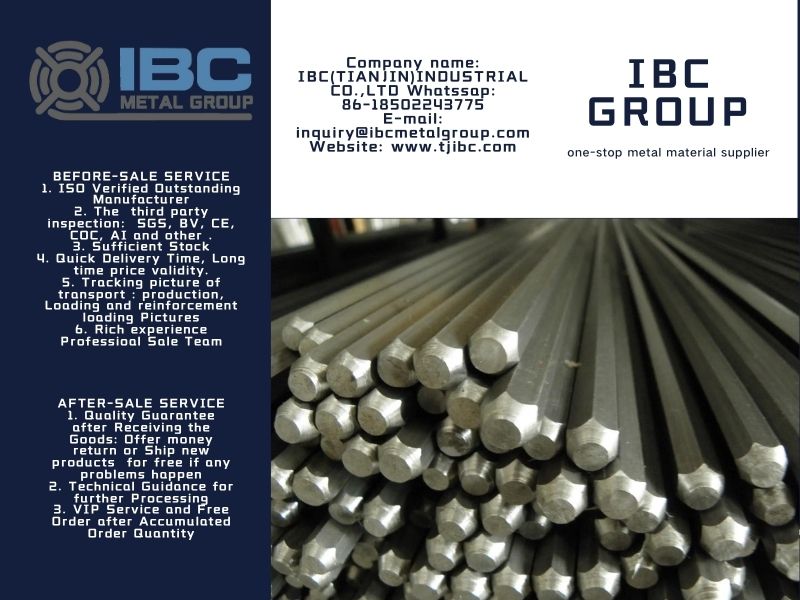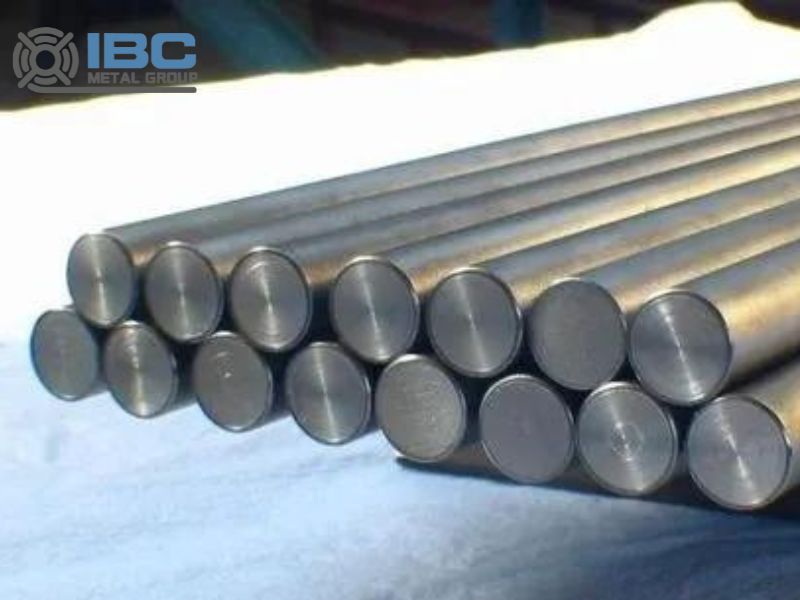Carbon structural steel is divided into two types: ordinary type and high-quality type. The former has more impurities, low price, and is used in places where performance requirements are not high. The latter has many uses and a large amount, and can be used after heat treatment. If you need this kind of steel, please contact IBC Group.

Performance Profile
For carbon structural steel for general use, it should be noted that the performance differences caused by different smelting methods and pouring methods. Boiling steel has a pure outer layer, good oxidation resistance during heating, easy processing during rolling, and fewer surface defects. However, carbon, phosphorus and sulfur are enriched in the central area of the section, and the segregation is larger. In addition, the steel contains more gas and the impact toughness is low. It is not suitable for making components working under low temperature and impact load conditions.
The mechanical and technological properties of this steel are largely determined by the carbon content in the steel. When the carbon content increases, the strength increases, and the plasticity and toughness decrease. The strengthening treatment of mild steel can significantly improve the strength.

Aging of Carbon Structural Steel
In steel with carbon content below 0.3% to 0.4%, there is aging phenomenon. Aging means that the mechanical and physical properties of steel change over time. This change can be carried out at room temperature or slightly higher than room temperature, and is divided into quenching aging and mechanical aging. The former is that after the steel is cooled rapidly by high temperature, its performance changes with time. The latter is the performance change with time after cold working deformation.
Sometimes both can be done at the same time. For example, a boiler steel plate, after just deformation, its ak value is 120J/cm^2, and it drops to 35J/cmm^2 after ten days of placement. After the extensive application of welded structures, it is not uncommon for some ships and Bridges to suddenly break due to aging. Therefore, the aging process of low carbon steel has attracted people’s attention.

Contact with us today!



